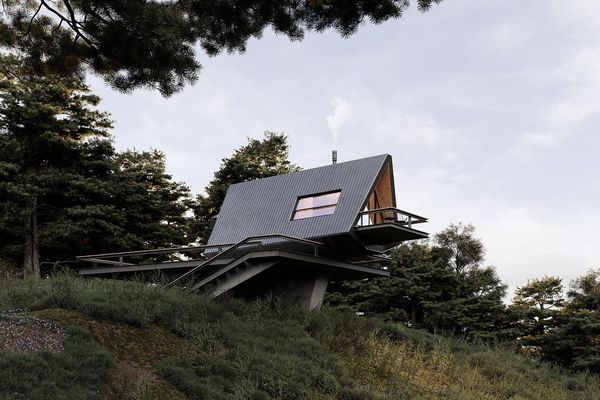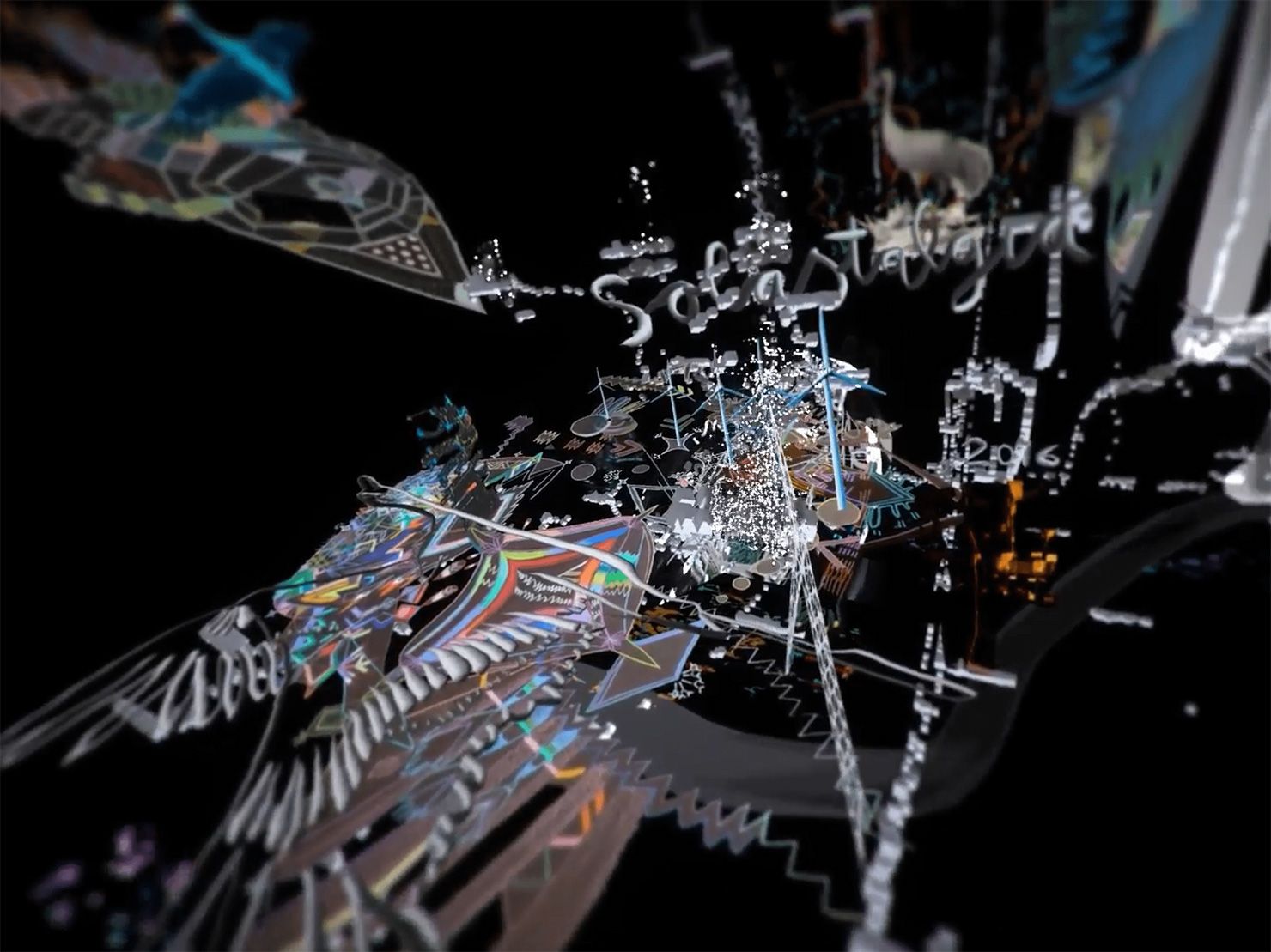Europe’s first generative hackathon, the NFT DEB Generative Dimensions, was held in Debrecen and online. During the idea contest, teams led by artists explored the latest developments in blockchain technology and artificial neural networks, as well as their creative applications in arts. Each team researched the relationship between climate change and the behavior of migratory birds, and their results were summarized in different data-based works. We present three exciting projects: we have already written about the work of Péter Weiler and his team, as well as the project of Nikita Khudiakov and her partners, now we present the interactive NFT piece, called Solastalgia by Judit Navratil, Ágoston Nagy and Zoltán Szabó P.
There are countless metaphors in Solastalgia. When designing the work, Judit Navratil, Ágoston Nagy and Zoltán Szabó P., as well as the other teams in the hackathon, provided the starting point for the migration data of the birds and the connection of the migration crisis with the climate crisis. The team used Timothy Morton’s concept of hyperobject to help with global warming. Hyperobjects are spatially and temporally dispersed entities that we are unable to see in their entirety, we can only perceive them in detail (for example, we consider global warming to be a hyperobject). By analogy, Solastalgia also works as a hyperobject, the details of which can only be interpreted with confidence, rather than the entire 3D model. The spatial network is drawn from the GPS-based migration data of the cranes, which include motifs related to the migration of birds, such as a wired light pole symbolizing both the Internet and one of the birds’ threats, as well as handwritten three-dimensional words.
“We were interested in how we can bring the elusive theme of climate change and the endangerment of migratory birds to a more personal and easy-to-understand level with the help of visual elements. In some ways, everything is built from languages and codes. Birds fly over several language areas and connect them, so by abstracting the language and sounds of birds, in addition to the importance of oral traditions, we refer to the constant change of languages and code systems, and the new entities that emerge from them,” says Judit.
Playing with the language comes back in the title as well. In what words can we express the emotions we did not have to face before climate change? Solastalgia is a good example of this—a neologism that signifies anxiety caused by environmental change.
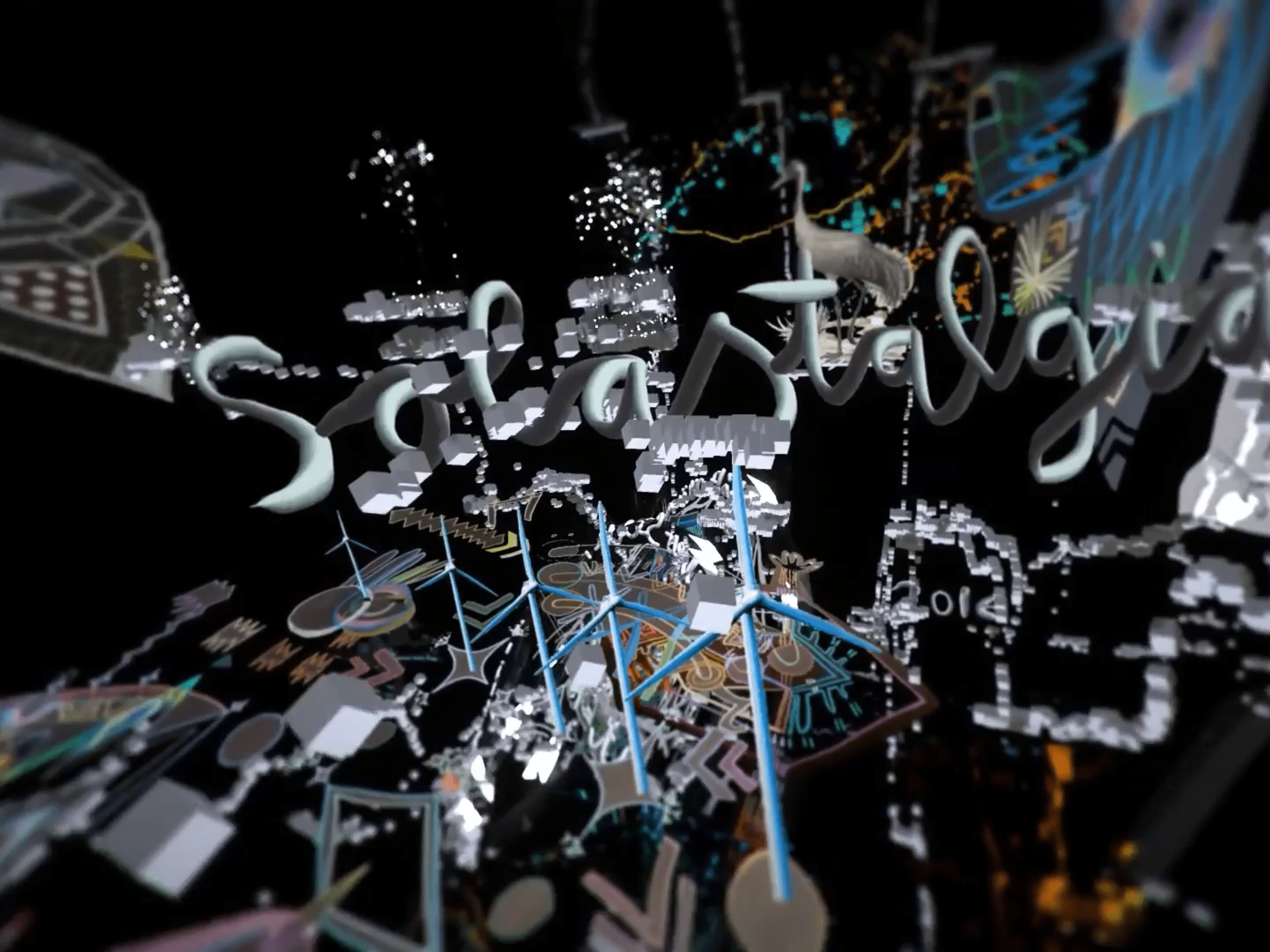

Although the environmental impact of the environmental protection-themed hackathon and crypto mining associated with NFT works may suggest some controversy, like Nikita Khudiakov’s team, the creators of Solastalgia have also taken a critical approach to the problem and designed their work for a more sustainable platform, the TEZOS chain.
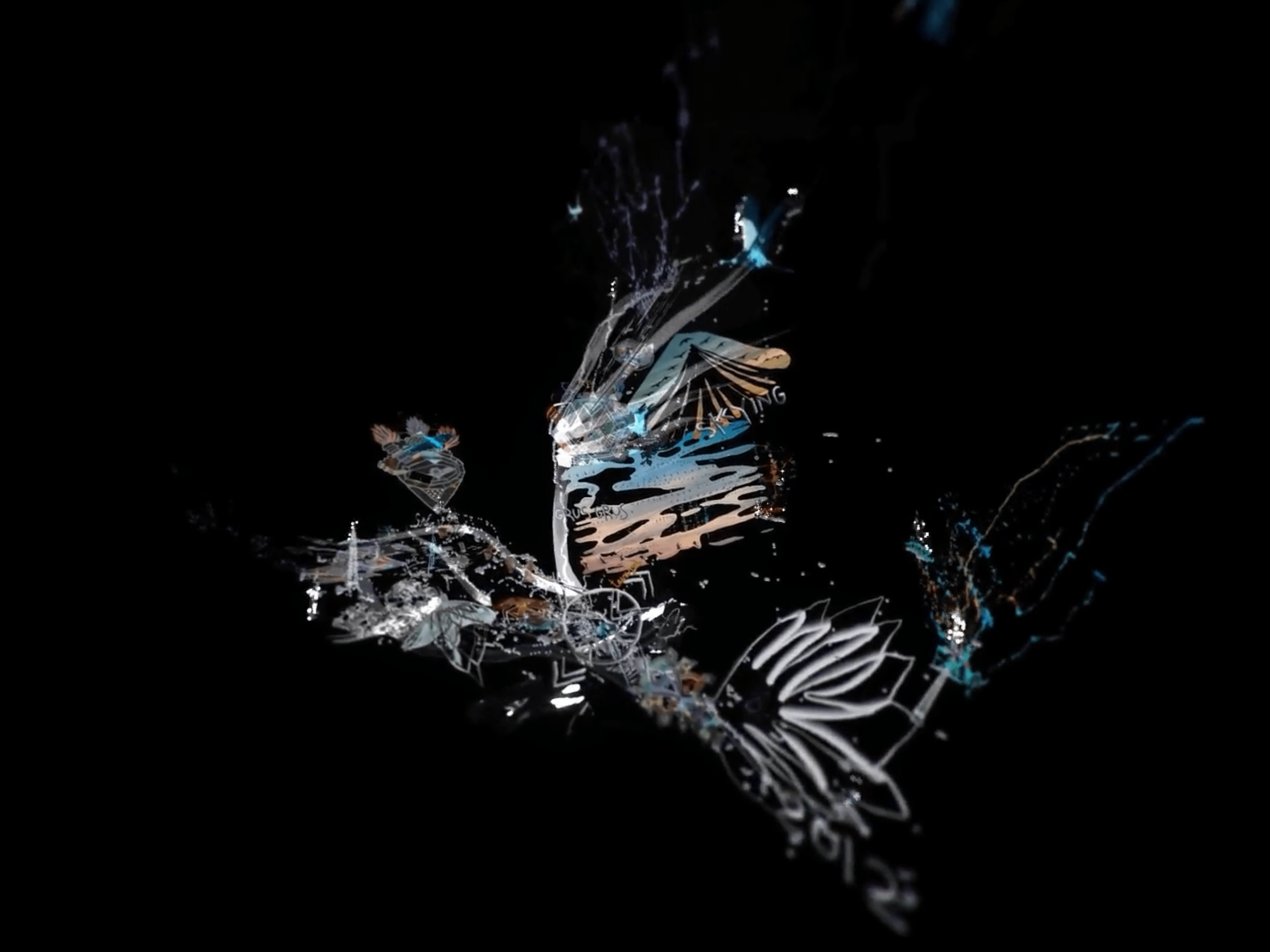
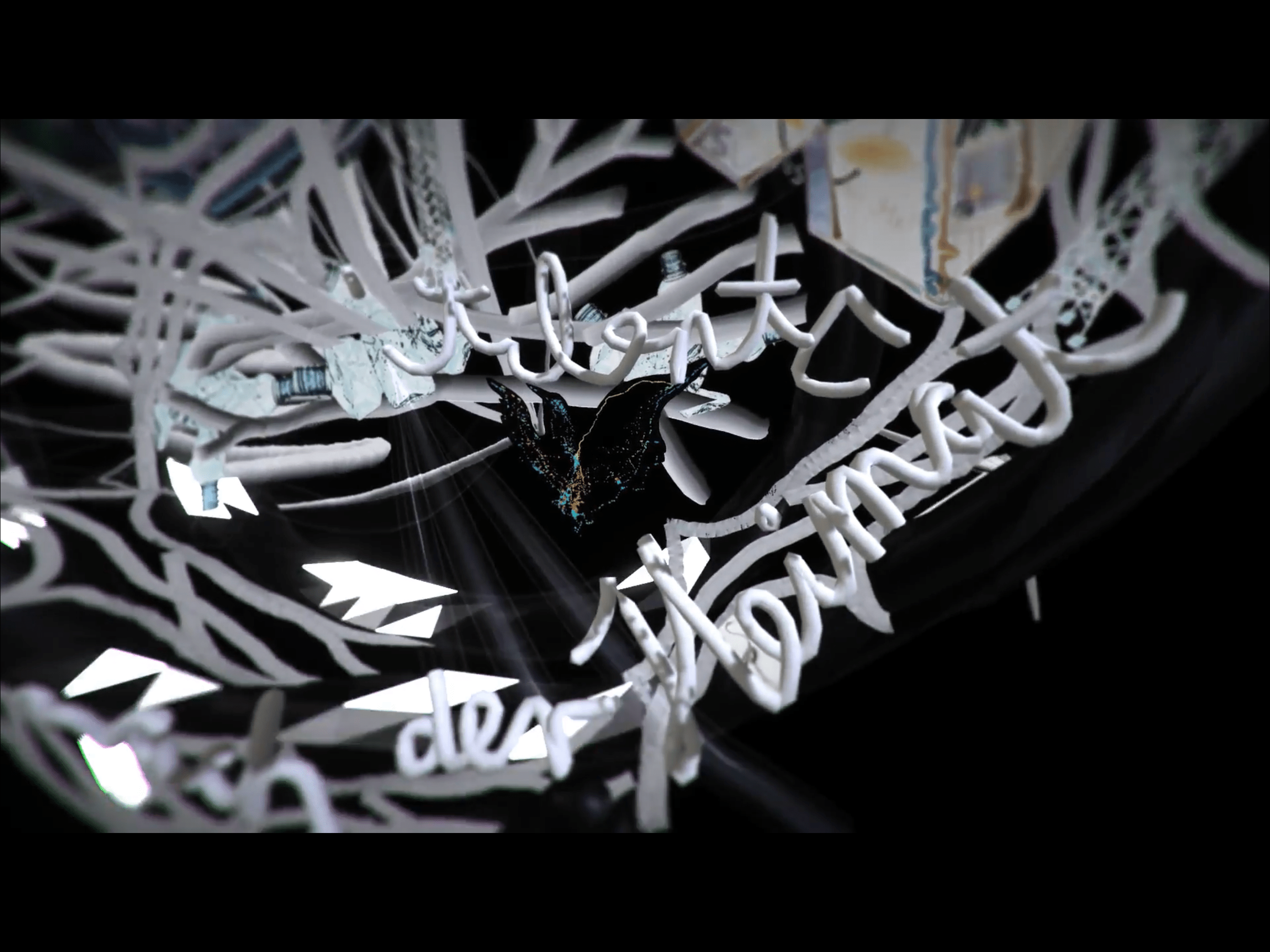
“Transactions running on the most popular and largest blockchains use a lot of computing capacity, a lot of energy, which makes them environmentally problematic to operate. In contrast, green NFT works on blockchains where a block is approved in a different way—not many computers have to deal with complex tasks (Proof of Work), but the approval is distributed among the various participants in the network (Proof of Stake). The green NFT is a conscious resolution that would help make these networks sustainable. Tezos is one such blockchain, and this platform is also suitable for interactive NFT,” Ágoston explains their choice.
The peculiarity of Solastalgia is that it is not a simple video work, but an interactive work. Following the pattern of the bird migration, an NFT was created, the migration of which can also be traced, and after each transaction the visuals change a bit—the colors gradually fade and the motifs take shape, for example, the nest, which would be the resting point in the work, is becoming an absorbing point full of prickly and dangerous things. Just like an entry on the blockchain, our treatment of the environment is an irreversible process—Solastalgia reports—and we need to reconsider our need for forced growth.
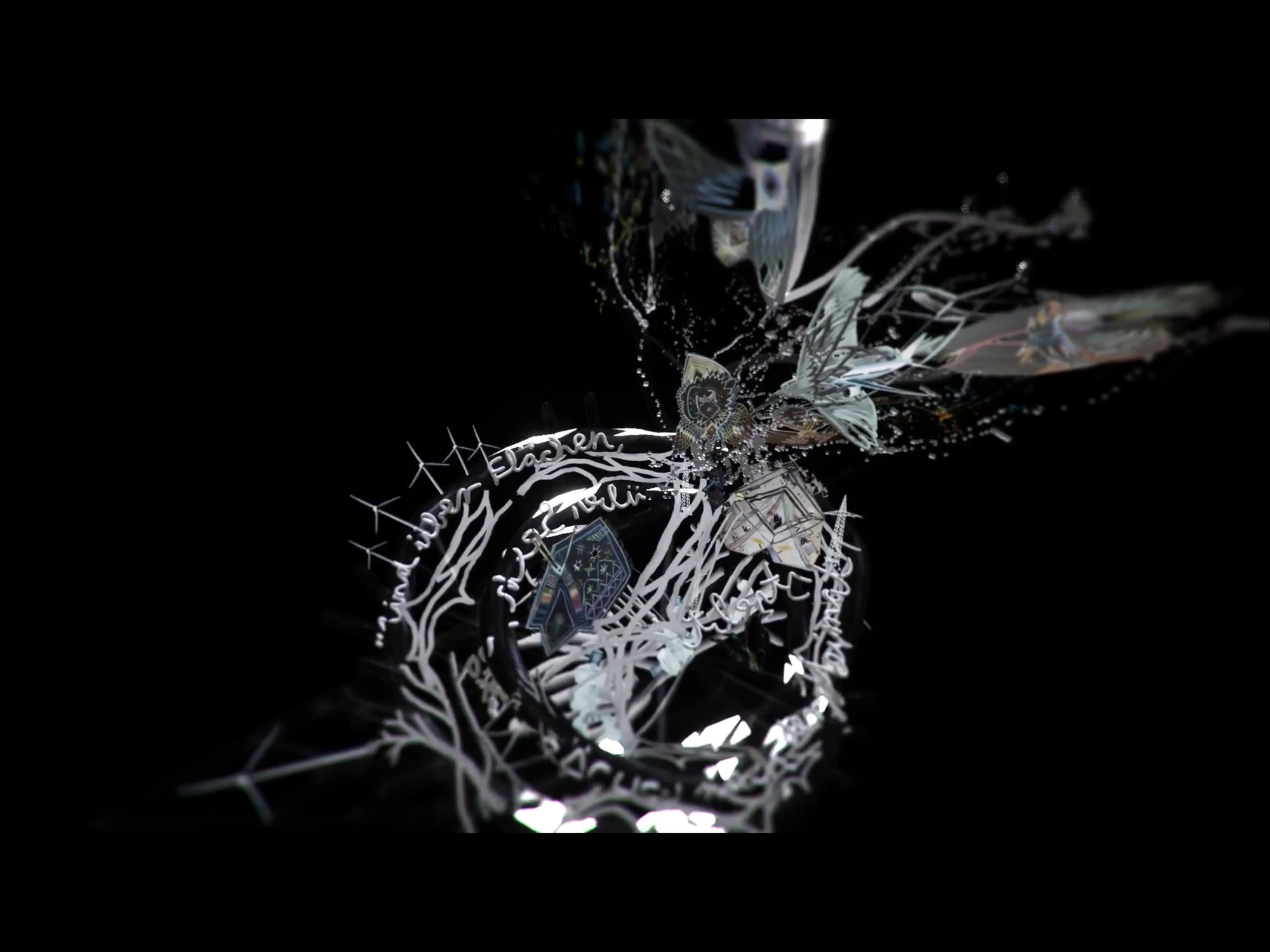
NFT DEB Generative Dimensions | Web | Facebook | Instagram
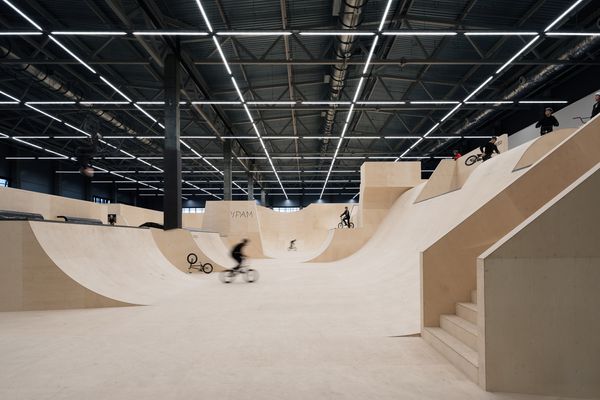
The biggest extreme park on the continent
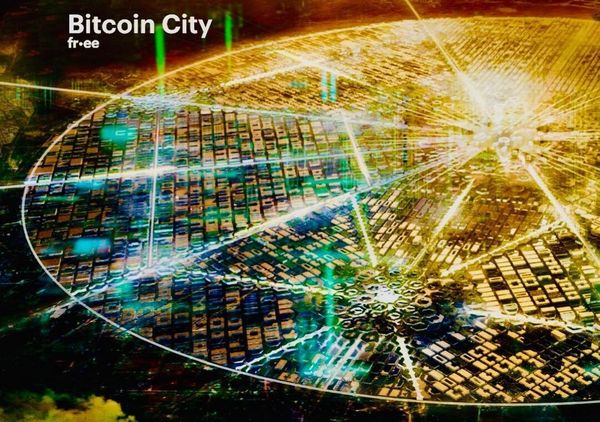
A volcano could power the world's first bitcoin city
